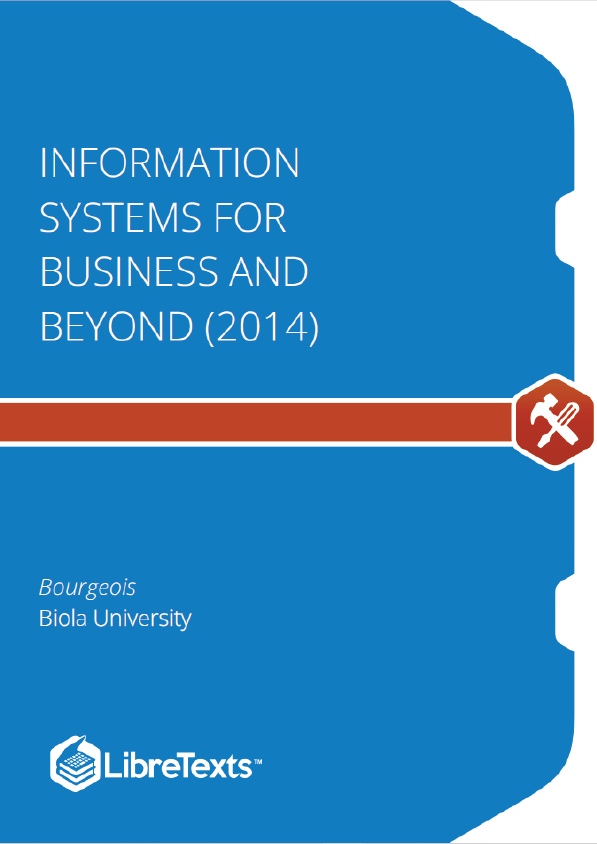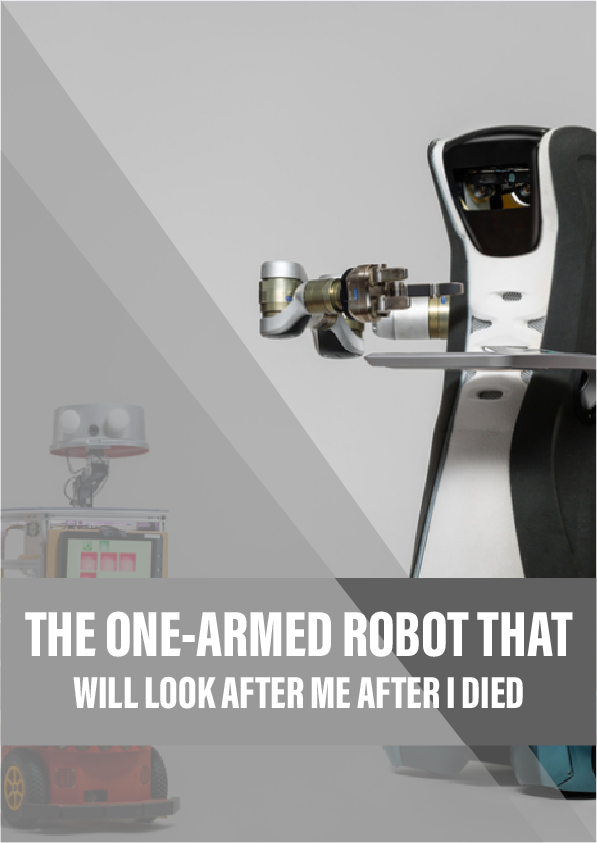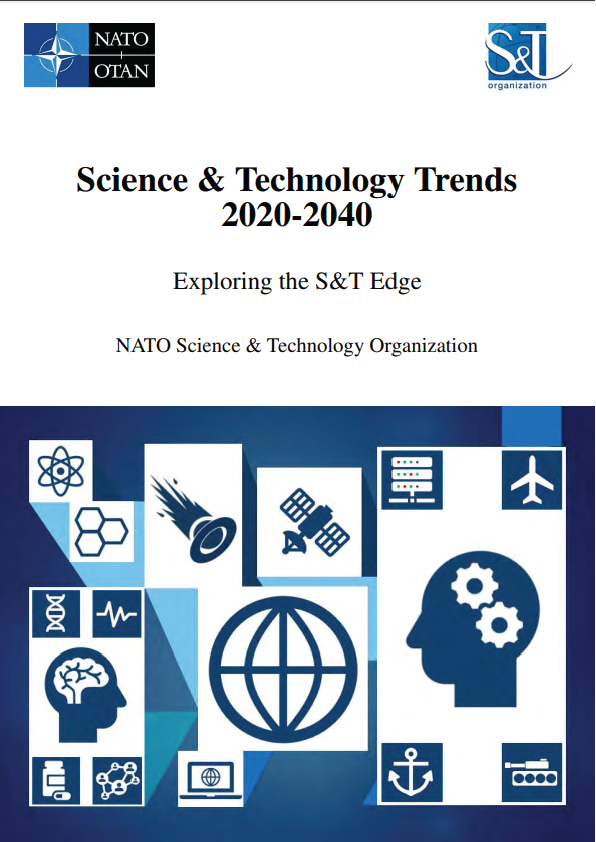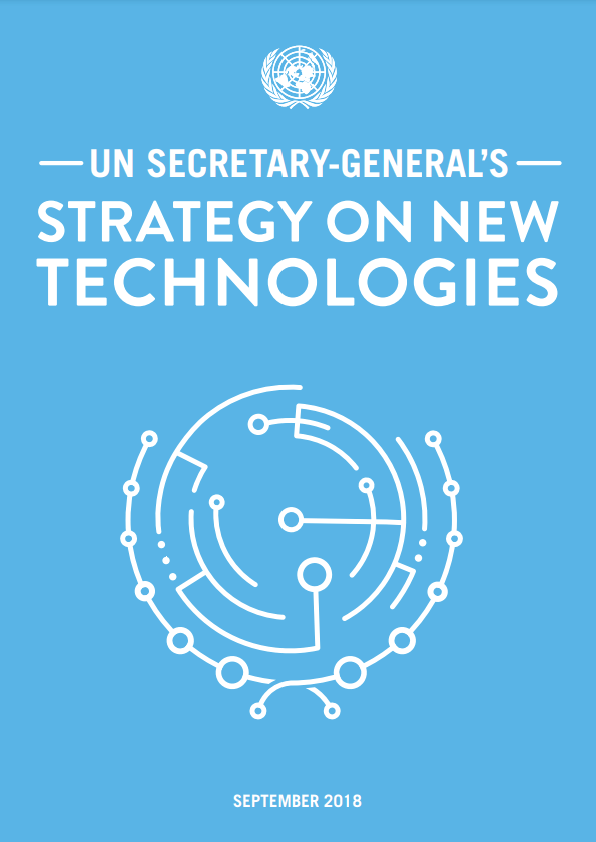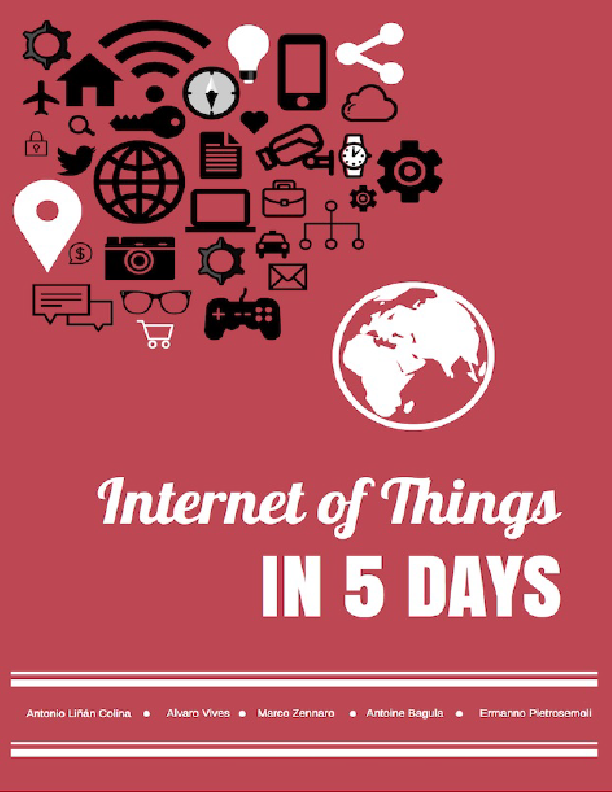Introduction
If you are reading this, you are most likely taking a course in information systems, but do you even know what the course is going to cover? When you tell your friends or your family that you are taking a course in information systems, can you explain what it is about? For the past several years, I have taught an Introduction to Information Systems course. The first day of class I ask my students to tell me what they think an information system is. I generally get answers such as “computers,” “databases,” or “Excel.” These are good answers, but definitely incomplete ones. The study of information systems goes far beyond understanding some technologies. Let’s begin our study by defining information systems.
Defining Information Systems
Almost all programs in business require students to take a course in something called information systems. But what exactly does that term mean? Let’s take a look at some of the more popular definitions, first from Wikipedia and then from a couple of textbooks:
- “Information systems (IS) is the study of complementary networks of hardware and software that people and organizations use to collect, filter, process, create, and distribute data.”
- “Information systems are combinations of hardware, software, and telecommunications networks that people build and use to collect, create, and distribute useful data, typically in organizational settings.”
- “Information systems are interrelated components working together to collect, process, store, and disseminate information to support decision making, coordination, control, analysis, and viualization in an organization.”
The Components of Information Systems
As I stated earlier, I spend the first day of my information systems class discussing exactly what the term means. Many students understand that an information system has something to do with databases or spreadsheets. Others mention computers and ecommerce. And they are all right, at least in part: information systems are made up of different components that work together to provide value to an organization.
The first way I describe information systems to students is to tell them that they are made up of five components: hardware, software, data, people, and process. The first three, fitting under the category technology , are generally what most students think of when asked to define information systems. But the last two, people and process, are really what separate the idea of information systems from more technical fields, such as computer science. In order to fully understand information systems, students must understand how all of these components work together to bring value to an organization.
Technology
Technology can be thought of as the application of scientific knowledge for practical purposes. From the invention of the wheel to the harnessing of electricity for artificial lighting, technology is a part of our lives in so many ways that we tend to take it for granted. As discussed before, the first three components of information systems – hardware, software, and data – all fall under the category of technology. Each of these will get its own chapter and a much lengthier discussion, but we will take a moment here to introduce them so we can get a full understanding of what an information system is.
